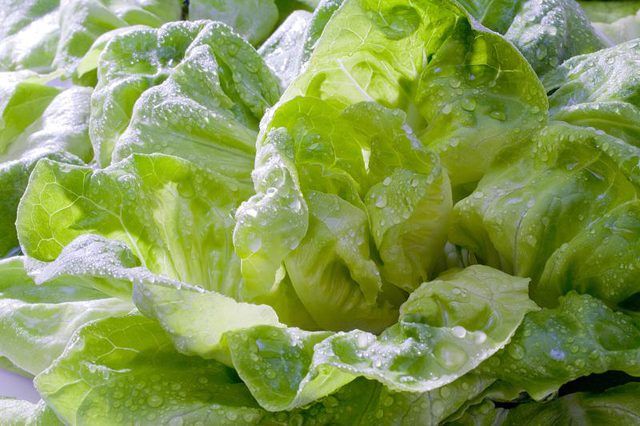Bulbs
Flower Basics
Flower Beds & Specialty Gardens
Flower Garden
Garden Furniture
Garden Gnomes
Garden Seeds
Garden Sheds
Garden Statues
Garden Tools & Supplies
Gardening Basics
Green & Organic
Groundcovers & Vines
Growing Annuals
Growing Basil
Growing Beans
Growing Berries
Growing Blueberries
Growing Cactus
Growing Corn
Growing Cotton
Growing Edibles
Growing Flowers
Growing Garlic
Growing Grapes
Growing Grass
Growing Herbs
Growing Jasmine
Growing Mint
Growing Mushrooms
Orchids
Growing Peanuts
Growing Perennials
Growing Plants
Growing Rosemary
Growing Roses
Growing Strawberries
Growing Sunflowers
Growing Thyme
Growing Tomatoes
Growing Tulips
Growing Vegetables
Herb Basics
Herb Garden
Indoor Growing
Landscaping Basics
Landscaping Patios
Landscaping Plants
Landscaping Shrubs
Landscaping Trees
Landscaping Walks & Pathways
Lawn Basics
Lawn Maintenance
Lawn Mowers
Lawn Ornaments
Lawn Planting
Lawn Tools
Outdoor Growing
Overall Landscape Planning
Pests, Weeds & Problems
Plant Basics
Rock Garden
Rose Garden
Shrubs
Soil
Specialty Gardens
Trees
Vegetable Garden
Yard Maintenance
When to Plant Vegetables in Kentucky?
When to Plant Vegetables in Kentucky?. Determining the best time to plant your vegetable garden in Kentucky involves more than looking at the calendar. To find the best planting date for each crop, you'll have to take into account your location within the state, the particular vegetables you're planting and when you want to harvest them.

Determining the best time to plant your vegetable garden in Kentucky involves more than looking at the calendar. To find the best planting date for each crop, you'll have to take into account your location within the state, the particular vegetables you're planting and when you want to harvest them.
Last Freeze Dates
Learn the typical date of the spring's last freeze so you can avoid the danger of setting out freeze- and frost-sensitive plants too early. The date of the last freeze varies from year to year, of course, but knowledge of typical freeze-free dates can help you reduce the risk of planting too early.
In western Kentucky, the average date of the last freeze comes relatively early; in Paducah, the median date of the last freeze is April 8. In central Kentucky, the last freeze comes somewhat later; the median last freeze in Lexington comes on April 18. In western Kentucky, freezes tend to occur even later; the median last freeze date in Ashland is May 4.
Soil Conditions and Temperatures
You can plant cool-season crops in the spring as soon as the soil is workable, meaning the ground is no longer frozen and the soil can be tilled. The soil should also not be so wet that it forms clumps when it's tilled or compressed in your fist.
Early crops should also be planted when the air temperature is relatively cool -- between 50 and 65 degrees Fahrenheit, so the plants have time to develop before the heat of late spring and summer begins.
Cool-Season Crops
Cool-season crops are not vulnerable to damage from frost, and they can be planted in Kentucky even before the danger of spring frosts has passed. Cool-season crops include broccoli (Brassica oleracea (Italica group)), cabbage (Brassica oleracea (Capitata group)), lettuce (Lactuca sativa) and onions (Allium cepa).
On average, the earliest planting date for cabbage and lettuce is March 15 in western Kentucky, March 25 in central Kentucky, April 1 in eastern Kentucky. The earliest planting date for broccoli plants is March 30 in the west, April 5 in the central part of the state, April 10 in the east. Onion sets can be planted as early as March 1 in the west, March 10 in central Kentucky and March 15 in the east.
Warm-Season Crops
Warm-season crops will be injured by frost, so they can't be planted until after frost danger has passed in the spring. Warm-season crops include tomatoes (Lycopersicon esculentum), cucumbers (Cucumis sativus), peppers (Capsicum annuum) and summer squash (Cucurbita pepo).
The earliest safe planting date for tomato plants is April 20 in western Kentucky, May 5 in central Kentucky and May 15 in eastern Kentucky. The earliest planting date for cucumbers is April 20 in the west, May 1 in the central part of the state, May 10 in the east. Pepper plants can be planted around May 1 in the west, May 10 in central Kentucky, May 20 in the east. Summer squash safe-planting dates are April 20 in the west, May 10 in the central region, May 15 in the east.
Fall Crops
A second planting of cool-season crops during the summer will allow you to take advantage of the cooler weather of the late season to produce a fall harvest. Planting should be timed so that the young plants are not subjected to the hottest summer temperatures, but so they have enough time to mature before hard freezes in the late fall.
Plant cabbage, for example, by July 1 in western Kentucky, July 15 in central Kentucky and August 1 in eastern Kentucky. Plant lettuce by August 1 in the west, August 15 in the central region and September 1 in the east.